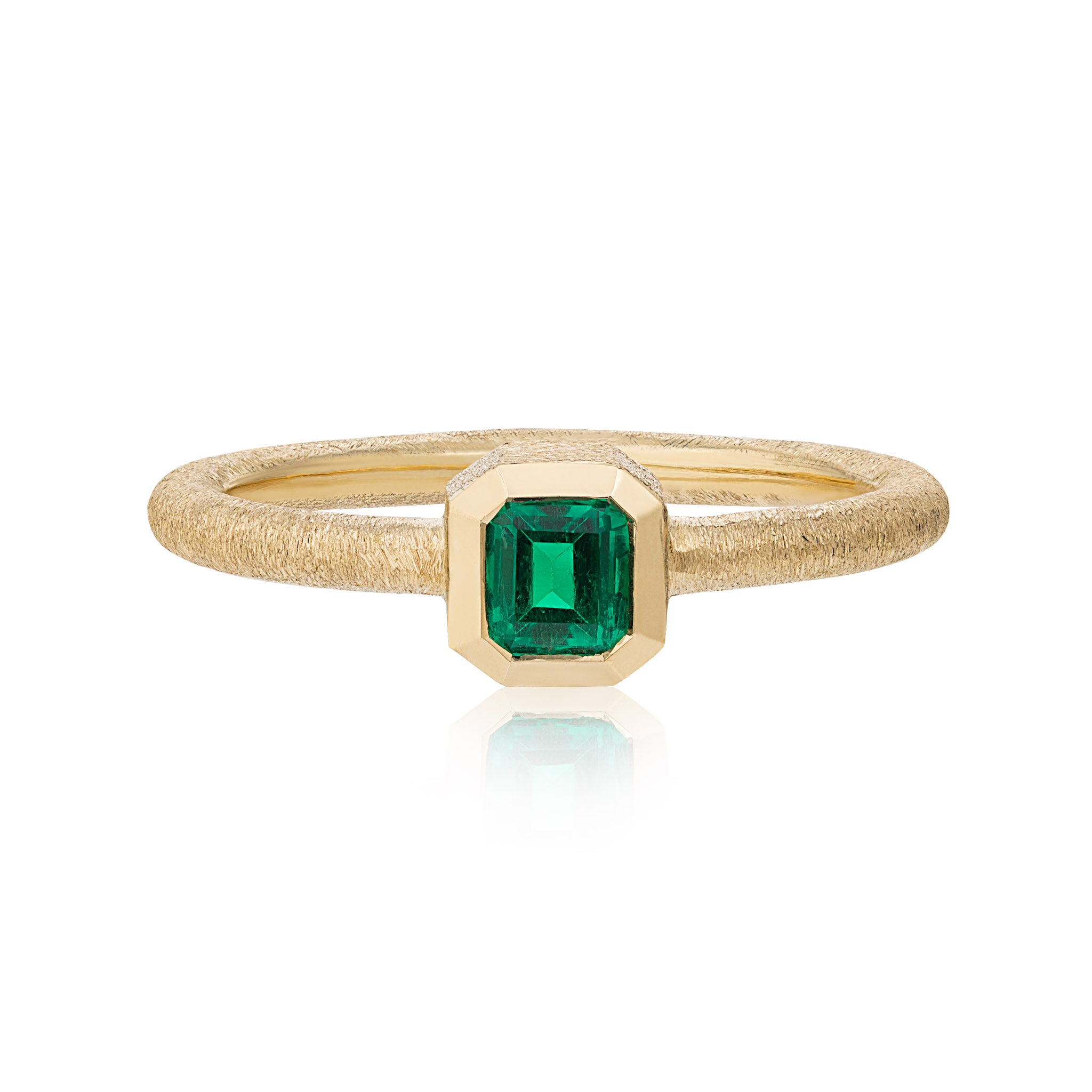From the streets of London to the markets in Mumbai, jewellery pieces adorning precious gemstones and diamonds are extremely popular and are displayed on our persons in decorative glee. Their natural beauty and mesmerising colours are worthy of gloating, and with knowledge of their extensive ancient history to produce this one magnificent stone, it is no wonder we wear them with pride and pay a pretty penny. However, with recent technologies allowing laboratories to produce synthetic gemstones and place them alongside authentic gems, it has broadened the gemstone market and made some precious stones more widely available – but are they just as good as the real deal? And are they worthy the same price?

Artificial gemstones have been manufactured since the late 1800s and began production due to their demand in industrial process as opposed to their place in the jewellery industry. The very first successful synthetic gemstone produced was in 1819 by Dr E.D Clarke, who accidently fused two rubies into one bead which was able to be faceted into a displayable jewel. These synthetic gems are used in various industrial processes such as communications and laser technology, micro-electronics and abrasives. Once realised that these stones could be shaped and polished just like its natural counterparts, the jewellery industry swiftly picked them up and began utilising them in their pieces. Due to the stones ability to be produced with a desired colour and shape, they have become much less rare than naturally grown stones and widespread in the market, however strict guidelines have been put in place regarding how they are marketed and sold to the public to stop any false authentications of origin.
One of the most produced precious stones on the market right now are diamonds, due to their very high demand and rarity within our planet. Naturally, diamonds are created under extreme pressures and temperatures deep within the Earth, but in the lab they are created in a vastly different method. Synthetic diamonds are formed through a process of nucleation, where a diamondoid (a small diamond) is used to promote growth of a larger more suitable diamond. These diamondoids are only 10 carbon atoms in size, invisible to the eye, and are scattered onto a silicon wafer which is heated up by a plasm. This plasm produces such an extreme heat that it either dissolves the diamond matter into ions and electrons, or promotes their growth which is the desired effect.

Synthetic gemstones are physically, optically, and chemically identical to their natural counterparts, and can pass as the real thing without any hesitation. Their bulk minerals and tracing colour are identical, and hold the same hardness and density characteristics meaning they can be faceted in the exact same way as natural gemstones. Its colour tends to be more vibrant than naturally occurring precious stones due to their production excluding any impurities within its matrix, and so no tarnishing of its clarity, but their manufacture can include some flaws such as minute particles of corroded metal from laboratory equipment.
Synthetic corundum, such as rubies and sapphires, are very popular and cost far less than natural stones, making them far more desirable to the public with more sparkle for your buck. Furthermore, synthetic jewels can be more sustainable and ethical to produce due to knowledge of exactly how the gem was produced and its easily trackable journey from lab to market, unlike authentic gemstones which can have unethical routes and harmful substances if not monitored and tracked properly.

Regardless of their origin, both synthetic and natural precious stones have their benefits and display an impressive body that can mesmerise anyone. If a certain hue or body is what you require of your gemstone, then the synthetic route is the one to travel down, but if a gemstone that shows character and a million years worth of history is what you fancy then there is no hesitation that the natural kind is the one for you. Both just as beautiful and worthy of adorning.
By Victoria Fletcher

The rise of coloured gemstones
Diamonds from the Rough: The Secret to Gemstone Polishing


 (31)
(31)
